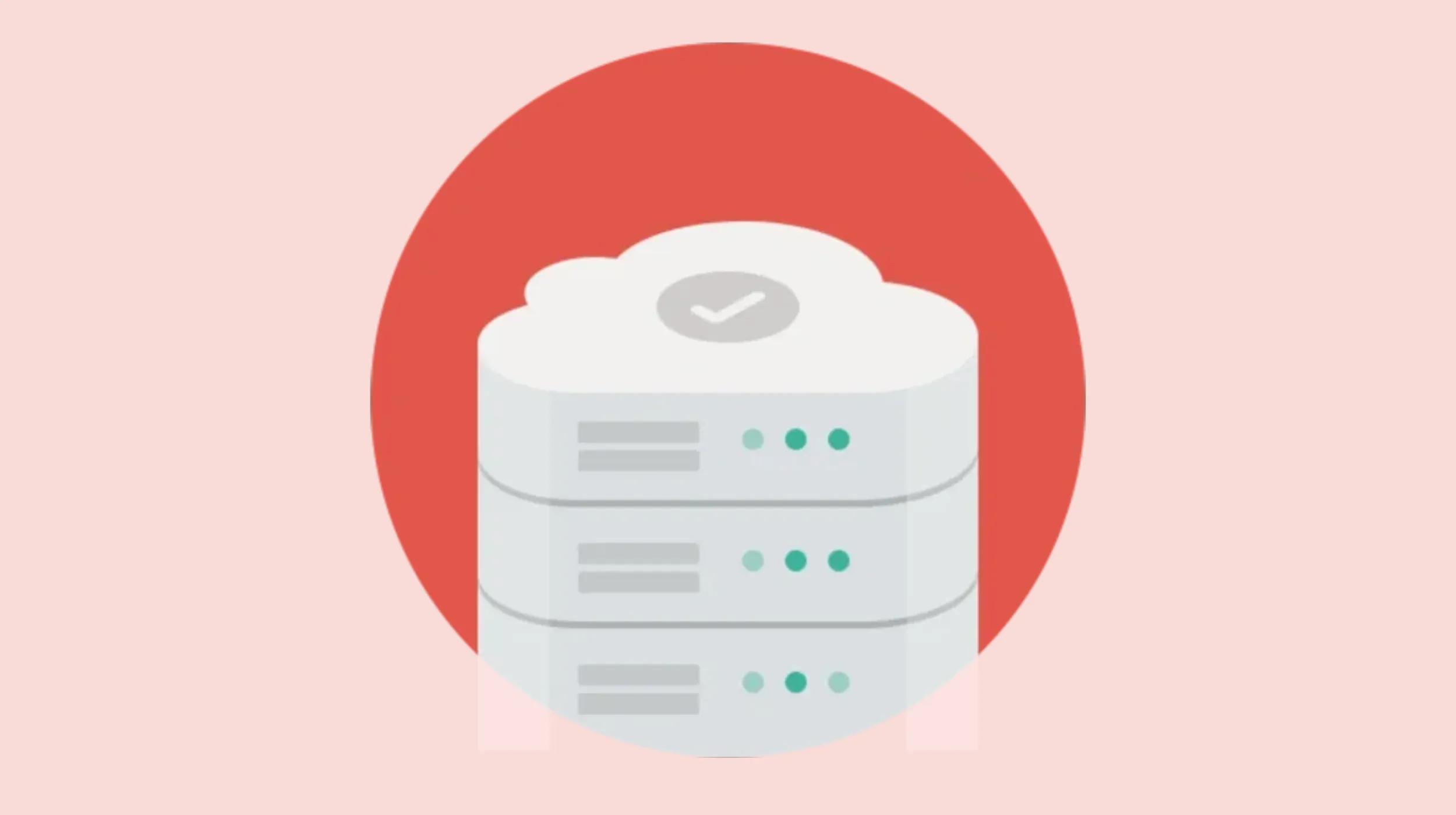Trying to figure out how to update your business to account for changing demographics in your market? You’re in the right place.
As an entrepreneur, you have to keep on top of what’s changing and how, in order to pivot your business when the need arises. But figuring out how to update your business can feel overwhelming — especially when you’ve got to dig into demographic data to do so.
Demographics change slowly over time, and while these shifts can be largely predicted, their implications can be far-reaching.
Factors like the growth rate of the economy, individual income, investment funds, housing demands, assets, birth rates and death rates all directly impact demographics and can affect things like labor shortages, unemployment rates, and how much money people have on hand to buy products and services.
That’s a lot to digest when you’re hustling at your venture every day. So here’s how we’re going to simplify the way forward:
● See what key demographics are currently in flux.
● Learn what businesses are most affected.
● Get tips on how to update your business practices to meet changing demographics.
Let’s get started!
What key demographics are changing?

Before we offer any practical tips, let’s turn our attention to the specific demographics that are currently shifting.
Age
Age is likely the most prominent demographic that’s shifting under our feet, so to speak. Now that the average life expectancy in the United States is almost 80 years old, the population is trending older in general. This means that the median age by the year 2100 will be around 42, globally. Older people continue to contribute to the workforce much longer as well.
Millennials are currently the largest generation but are not having children at the same rate as previous generations, which means there isn’t a “baby boom” as traditionally expected. Lower birth rates also mean fewer people looking for items related to rearing children. Or, at the very least, they’re looking for these items at a later age than in previous generations.
Homeownership is also out of reach for many millennials, which means they aren’t in the market for the related products and services typically targeted toward this age group. It’s something to consider when researching how to update your business.
Income
Similarly, income continues to fluctuate and shift. The middle class is shrinking, with fewer people falling into this income bracket. The share of income the middle class holds has been on a decline since 1970, too. This means those in the middle class have less money on hand for unnecessary purchases than those of the same age in the previous generation.
Lower-priced commodity stores have increased in prevalence. And those in the higher income brackets have decreased — yet their share of the country’s wealth has continued to rise. Since 1970, the income of the super wealthy increased by 65% while median-household incomes have only increased by 49% nationwide.
All this adds up to businesses that have marketed their products and services to middle-class consumers in the past finding themselves competing over an ever-shrinking pool of revenue. Meanwhile, those targeting upper-income individuals are more likely to prosper. Studying these demographics will help you determine how to update your business in the future.
What businesses are most affected by these changing demographics?
Since there is anticipated growth in both the younger demographics and those older than 65, businesses that cater to these customers within numerous retail categories likely will see an overall boost.
A 2020 report from Cision shows an uptick in the following categories:
- Leisure
- Healthcare
- Home Improvement
- Household Goods

Of course, every business might encounter different factors that uniquely affect their specific outcomes. These are just general trends that are expected based on current birth and death rates, income projections, and workforce data.
How to update your business practices to meet changing demands
It is possible to update your business practices to meet the changing demands of your target demographic. Here’s how.
Stay abreast of demographic trends
This might sound like a no-brainer, but you’d be surprised by how often people skip this step. Reading reports about your industry and keeping abreast of broader economic trends is imperative if you want to be able to predict what will be happening in your industry next.
This is especially important if you plan on making any major investments in the near future — such as hiring, technological innovation, etc.
You need a handle on the pulse of your target demographic over the next five to 10 years to make informed business decisions today.
Pay careful attention to data regarding age, income, housing and investments. This can tell you a lot about the overall health of your demo’s pocketbook and what sort of free spending they have available.
Implement market segmentation and analysis
Too often, businesses get comfortable with their demographic status quo — and that can spell disaster for the long-haul as demographics shift. That’s where market segmentation strategies can help.
Check out this scenario example:
Let’s say you own a photography business that markets solely to millennial parents. You wonder why you’re having such a tough time growing your customer base. Then you do a little demographic research and learn that the number of people giving birth under the age of 28 has dropped considerably since 2008. And though the millennial age cohort has started having children, they are not expected to do so in the same numbers as the previous generation.
This means a smaller market for those interested in products and services for babies and young children.
Now explore the solution:
Wondering how to update your business and continue growing in light of these changing demographics? A market analysis can point you in the right direction.
There are numerous tools available for creating market segments and performing in-depth analysis across a variety of marketing strategies.
Here are a few to check out:
- HubSpot: Specifically, the Marketing Hub offers detailed segmentation tools for data collection and strategizing.
- Kissmetrics: This analytics tool makes it easy to spot trends on your ecommerce website and make a plan of action for the future.
- Baremetrics: This one is designed to reduce churn and helps you identify the most profitable choices for your business while keeping current trends in mind.
And you can apply market segmentation directly to your email marketing campaigns, too. Tools like aWeber, MailChimp, and Constant Contact offer robust segmentation tools for dividing up your audience, conducting tests, and performing long-term analysis on trends.
Related: Build and use your ideal customer profile and personas
Evaluate your marketing strategy
Updating your marketing strategy to meet the moment is certainly related to using market segmentation, but it merits its own callout.
Here’s why:
Your marketing strategy may very well be effective, but if it’s based on assumptions made 10 years ago from data compiled 10 years before that, you’re going to eventually run into a problem.
That is, a lot of the tried-and-true marketing advice we all learn when first starting out in business is based on how the market works at that time.
As demographics drive shifts in the market, rules change.
Set aside some time to figure out how to update your business accordingly. Pick apart your marketing strategy and ask yourself at each point the following questions:
- Is this tactic still working for my business?
- If yes, how do I know this?
- Is the data I’m basing my decisions on current (within the past two years)?
- If not, where can I find up-to-date information?
- What assumptions am I making about my target audience?
- What data do I have to back up these assumptions?
When reworking your marketing strategy, it’s imperative you use data at every step of the way. If you don’t have either solid analytics or recent industry reports that verify your decision-making, do your research to make sure your current strategies are suitable for the present moment.
What if my current strategies still aren’t working?
Don’t worry. Everything isn’t lost. You will need to invest some time and perhaps money into retooling your strategies to speak directly to where your customer base is at now, that’s all.
Let’s refer to the example from earlier. If you sell a product that would typically be targeted toward young parents, perhaps you need to update your target age-range to mid-to-late thirties, as millennials are having children later than Gen X did.
These demographic shifts affect so many industries that it’s worth giving your current strategies at least a once-over to ensure they’re still applicable.
Related: How to make data-driven decisions using Google marketing tools
Embrace technology

Finally, when evaluating how to update your business to account for changing demographics, look to technology. This applies to nearly every industry and affects all parts of businesses, from accounting to sales.
If your business isn’t online yet, now’s the time to set up one (GoDaddy has a great Websites + Marketing Ecommerce package that’s free to try for beginners). If your business can support remote work and it’s not offering it as an option, build the infrastructure to support it.
Digital transformation affects every business at every level. And though the median age of employees shifts upwards, the demand for tech-literacy is at an all-time high.
Those who were teenagers when the internet gained widespread adoption are now entering their 40s. The 40-and-under crowd demand remote work and technological innovation. So if you want your business to remain competitive for attracting talent, you need to make these changes now.
Similarly, adopting technology means you will also have more direct appeal to customers in this age range.
Related: AI in retail spaces — What to expect as technology matures
Next steps
By now, you should have a clear idea on how to update your business for changing demographics. You should also know which demographics are currently in flux and what you can do about it to update your business practices accordingly.
With this in mind, there’s no time like the present to make the changes required to push your company forward.
Your plan of action will likely look different depending on the industry you’re in. However, one factor is certain: changing demographics affect all businesses. And acknowledging this is half the battle.








